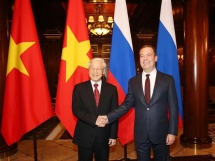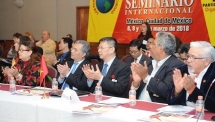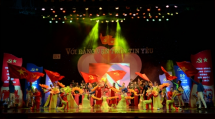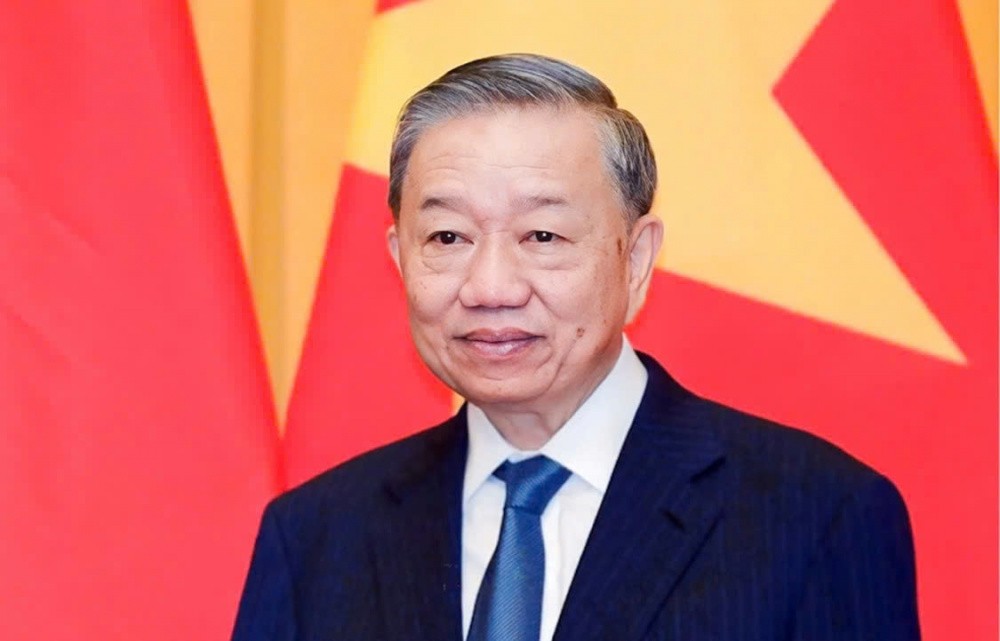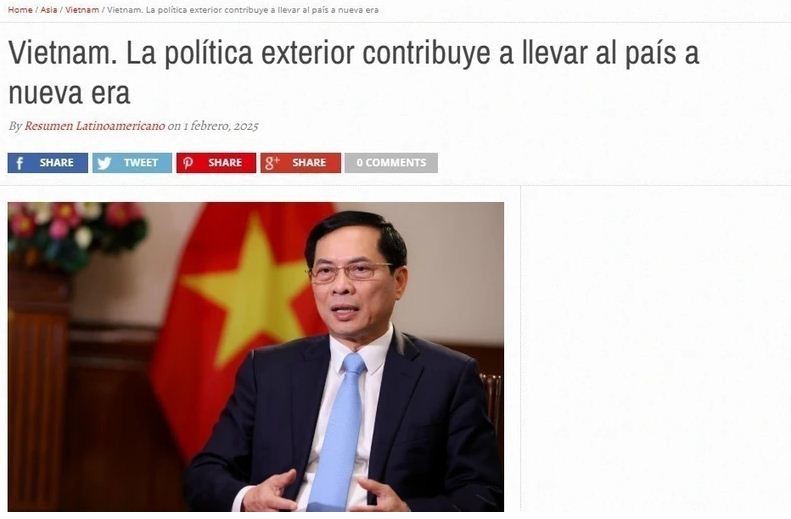Communist Party of Vietnam: History, Organization and Structure
| CPV chief meets with Russian Prime Minister | |
| CPV delegation attends international seminar in Mexico | |
| Activities held to mark CPV’s founding anniversary |
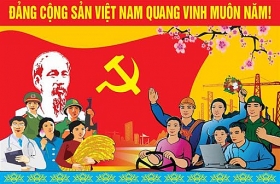 |
What is the political party of Vietnam?
Over the past 80 years, the Communist Party of Viet Nam (CPV) has been in the vanguard of the struggle for national independence, liberating the country from almost a century of domination by western colonialists and leading the people to total victory in the 30-year resistance war against powerful aggressors. Since the country's reunification, the CPV has led the Vietnamese people in carrying out the country's renovation, modernization and industrialization.
The Communist Party of Vietnam has established a nationwide political system with the Party serving as the core that assists the Party leadership and mobilizes the people to realize the goals of national independence, democracy, and social progress.
At present, the CPV has worked out a program for national construction which may be described as: Rich people--strong nation--equitable, democratic and civilized society. To achieve these goals, the CPV, in accordance with the principle of "the people as the country’s roots", has set up a wide and diversified political system.
Histoty of the Communist Party of Viet Nam
The CPV was established on February 3, 1930. Over 80 years of its existence, the Party has been renamed several times: the Viet Nam Communist Party (February 1930), the Communist Party of Indochina (October 1930), the Viet Nam Workers’ Party (February 1951), and the Communist Party of Viet Nam (December 1976).
As stated in the Party's statute adopted in its 9th National Congress on April 22, 2001, the CPV, "established and trained by President Hồ Chí Minh, has led the Vietnamese people to carry out successfully the August Revolution, establishing the Democratic Republic of Viet Nam, now the Socialist Republic of Viet Nam, to defeat foreign invaders, to abolish the colonial and feudalist regime, to liberate and reunify the country, and then carry out the cause of renovation and socialist construction and firmly defend national independence."
The CPV, vanguard of the working people and the whole nation, represents the interests of the working class and the nation.
The aim of the CPV is to make Viet Nam a strong, independent, prosperous and democratic country with an equitable and civilized society, to realize socialism and ultimately, communism.
The CPV adopts Marxism-Leninism and Hồ Chí Minh Thoughts as the firm ideological foundations, serving as guidance for its activities, promoting the nation's traditions, and absorbing other nations' essential ideas. By thoroughly grasping objective laws, epochal trends and the country’s realities, the Party has worked out sound political programs and revolutionary policies to meet the aspirations of the people.
The Party is firmly organized and unanimous in ideological views and actions. It takes democratic centralism as its fundamental organizational basis, practicing criticism, self-criticism, and strict discipline, pursuing collective leadership and individual responsibility, and promoting comradeship and solidarity in line with the Party's political programs and statutes. The Party makes great efforts to maintain its close relationship with the people. The Party operates in accordance with the Constitution and other laws.
The CPV is the Party in power in Viet Nam. It respects and promotes the mastery of the people over the country, and is under the people's supervision. The Party relies on the people to strengthen its organization, unites and lead the people in the revolutionary cause. The Party leads the political system and is a member of that system. The Party leads, respects and promotes the role of the State, the Viet Nam Fatherland Front (VFF) and other socio-political organizations.
The Party combines genuine patriotism with the pure internationalism of the working class, proactively contributing to the struggle for peace, national independence, democracy and social progress of the world's people.
The Party, with its strong political base, firm ideology and stable organization, often carries out self-renewal and self-readjustment. It unceasingly strives to improve the qualifications of the cadres and Party members, affirming the Party’s fighting power and revolutionary leadership.
Organization and Structure of the Communist Party of Vietnam
The Party organizational system is established in line with the State administrative apparatus from Central level to provincial, city, district, and communal levels as well as in administrative bodies, schools, enterprises, political/social/professional organizations, army units and police forces. The Party cells are the Party's grassroots foundations.
Article 4, Chapter I of the current Constitution, adopted by the National Assembly on April 15, 1992, defined the role of the CPV: "as the leading force of the State and the society."
"The Party’s activities are governed by the Constitution and laws."
Being the party in power whose mission is to lead the country in all fields, the Party directs State and socio-political organizations through:
- Deciding on political programs, strategies, and guidelines for national construction and defense; carrying out the leadership through ideological work, personnel management, and supervision over the implementation of its political programs, guidelines, and strategies;
- Consistently directing the personnel work and managing the contingent of cadres, at the same time promoting the responsibilities of organizations in the political system and their leaders in charge of personnel work;
- Introducing competent cadres for posts in State agencies and in socio-political organizations;
- All Party cells and members working in the State agencies as well as socio-political organizations must strictly observe the Party’s resolutions and directions; the Party cells direct the concretization of these documents into the State’s laws and organizations’ regulations as well as their implementation.
To consolidate its full leadership, the Party does not directly cover all activities but works through its affiliates, in line with the Constitution and laws:
- In the State leading agencies (National Assembly, People’s Councils) and socio-political organizations at the central level and in provinces/centrally-administered cities which are formed through elections, Party committees set up Party bodies at the same level, composed of some Party members who work for the related organizations and some members appointed by the same-level Party committees. The role of the Party bodies is to lead and make other members of the organizations implement the guidelines and policies of the Party, increase the influence of the Party, improve the close relationship between the Party and the people, realize the Party's resolutions on organization and personnel management and decide matters of organization and personnel management in line with the duties assigned by the Politburo.
- In judicial and executive bodies (the government, ministries, courts, the inspection agency, etc.) at the central level and in provinces/centrally-administered cities, Party committees set up the Party boards at the same level, which are composed of some Party members who work for the related bodies and some appointed by the same-level Party committees, including the secretaries. The role of the Party boards is to make other members of the bodies understand and implement the Party's guidelines and policies; give advice to the Party committees on operation, duties, organization, and personnel management; make decision within their competence; and to observe the implementation of the Party's guidelines and policies.
- As for the security and armed forces, there are the central military committees and the security Party committees.
With those bodies, the Communist Party of Viet Nam has a nationwide organizational system, from the Central to grassroots levels, and in political- social organizations and economic entities.
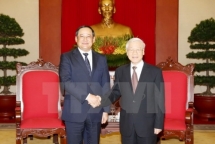 | CPV General Secretary hosts Lao Deputy Prime Minister General Secretary of the Communist Party of Việt Nam (CPV) Nguyễn Phú Trọng applauded cooperation between the Vietnamese and Lao Governments at a reception for ... |
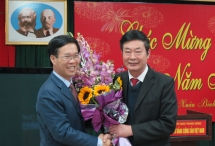 | Newly-appointed Head of Party Popularization and Education Commission pays Tet visit to CPV Online Newspaper Vo Van Thuong, Politburo member and Secretary of the Party Central Committee, newly appointed by the Politburo as Head of the Party Popularization and Education ... |
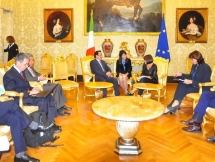 | CPV delegation visits Greece and Italy A Communist Party of Vietnam delegation led by Hoang Binh Quan, Party Central Committee (PCC) member and Head of the PCC Commission on External Relations ... |
Recommended
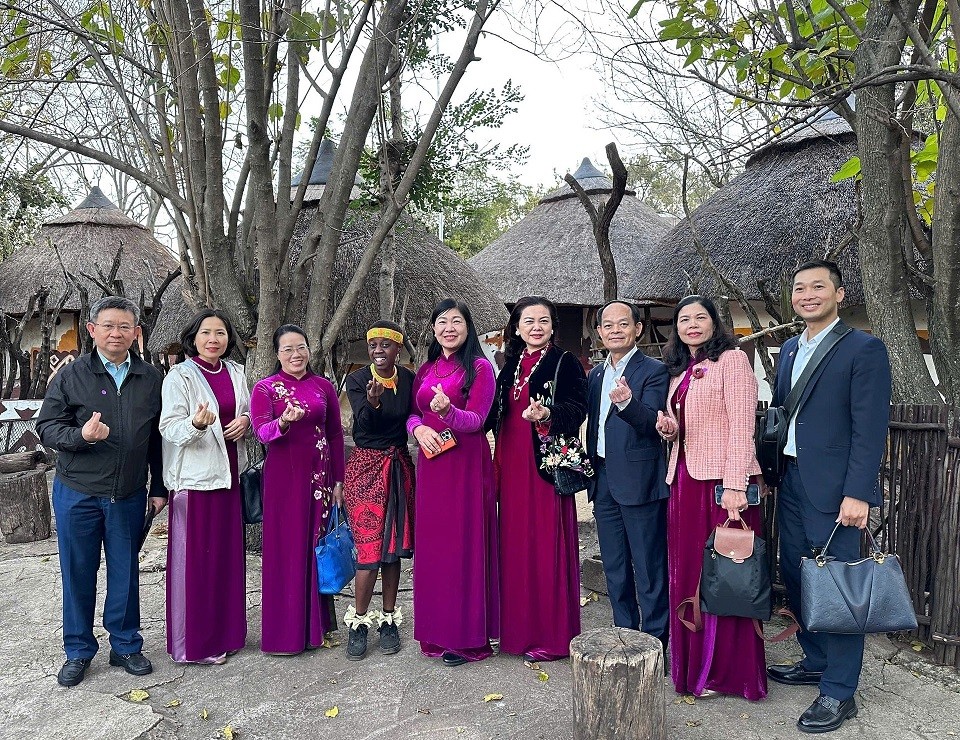 Viet's Home
Viet's Home
Hanoi, South Africa Strengthens People-to-people Exchanges, Expands Multi-sector Cooperation
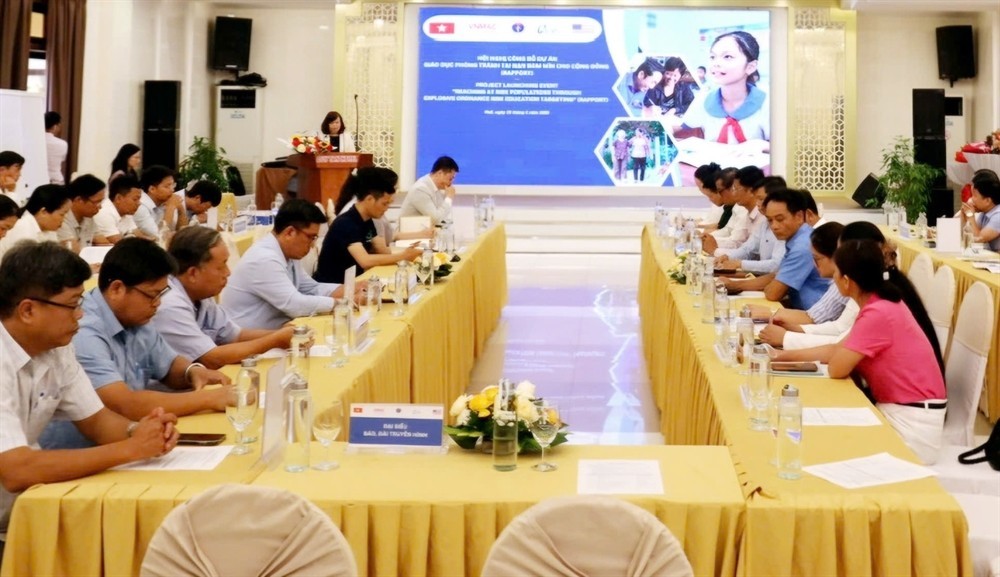 Viet's Home
Viet's Home
Hue City to Raise Awareness on Mine Accident Prevention
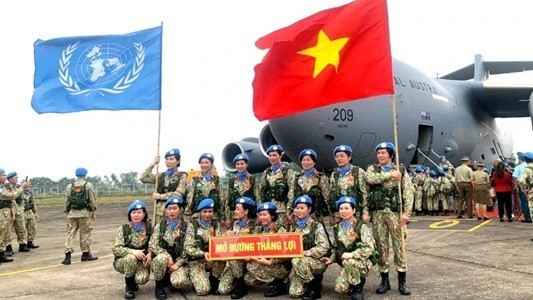 Focus
Focus
Vietnam Leaves Imprints on the World Peacekeeping Map
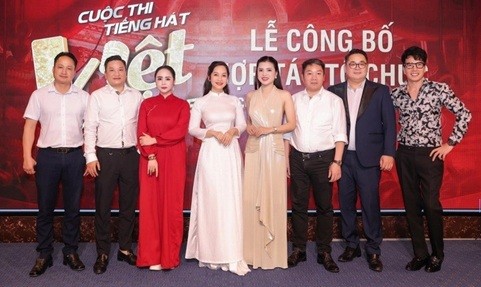 Viet's Home
Viet's Home
“Global Vietnamese Singing 2025” - Connecting Hearts Longing for Homeland
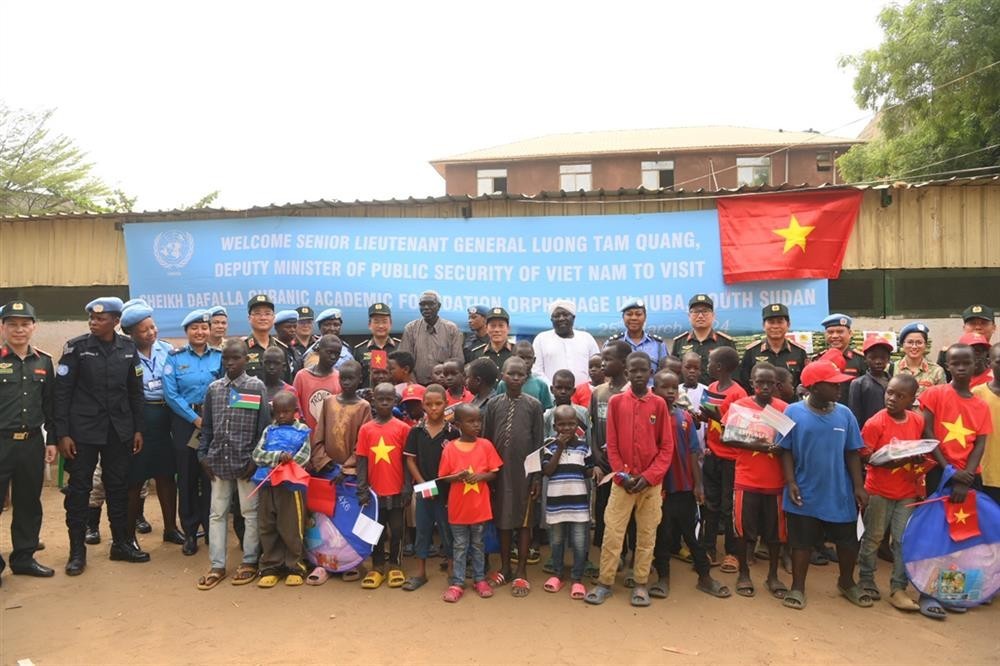 Viet's Home
Viet's Home
Vietnam’s People's Public Security Force Actively Contributes to UN Peacekeeping Operations
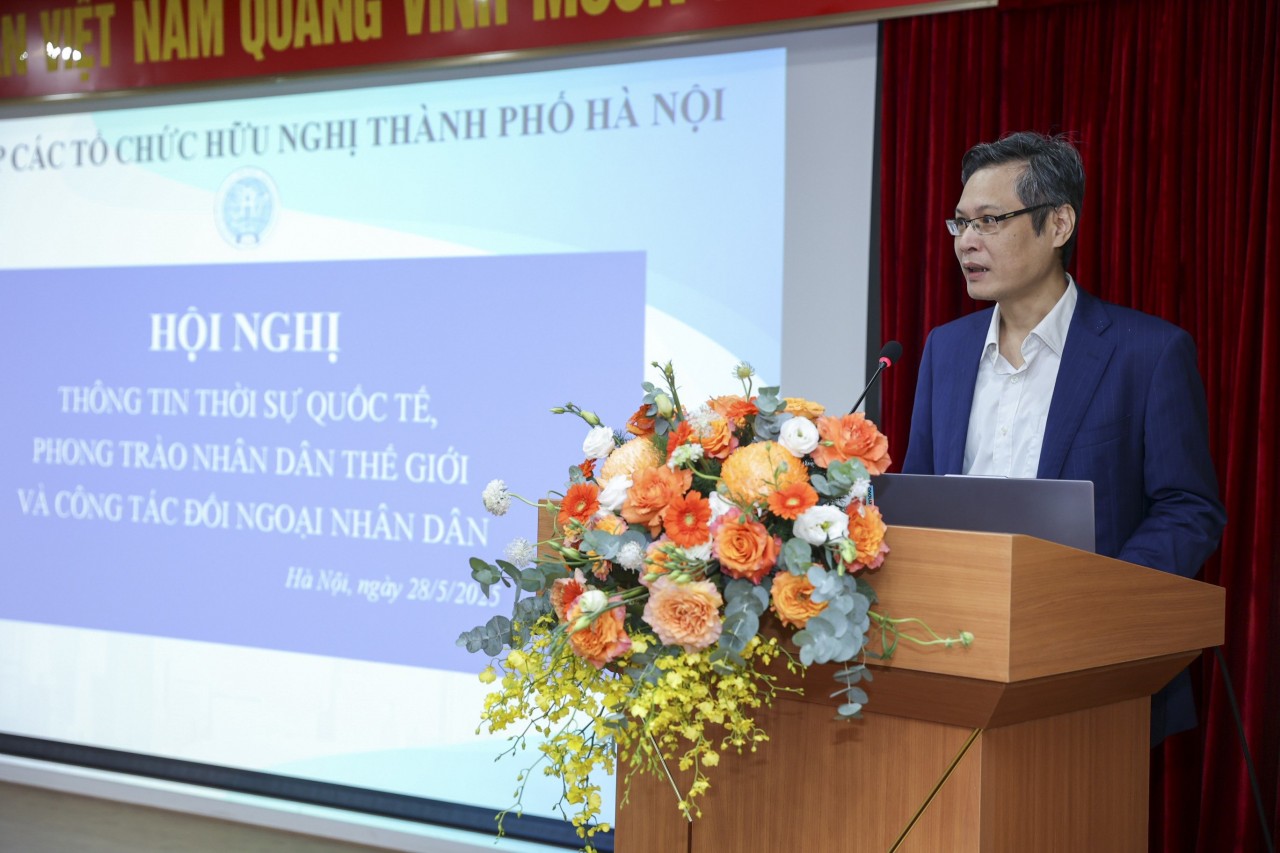 Viet's Home
Viet's Home
HAUFO Enhances Competence of People-to-People Diplomacy Personnel
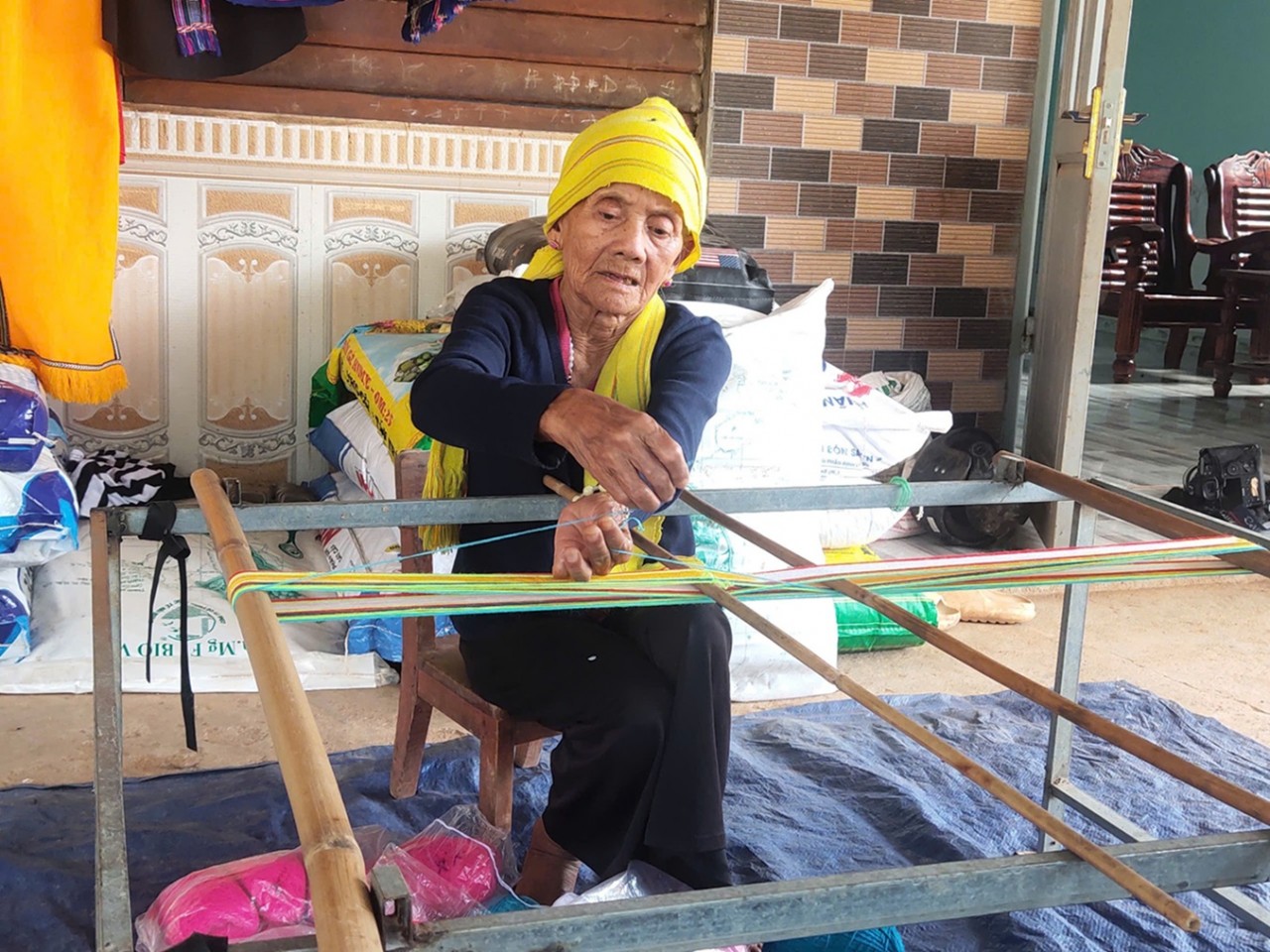 Viet's Home
Viet's Home
Hands that Reserve Da Long Brocade Craft
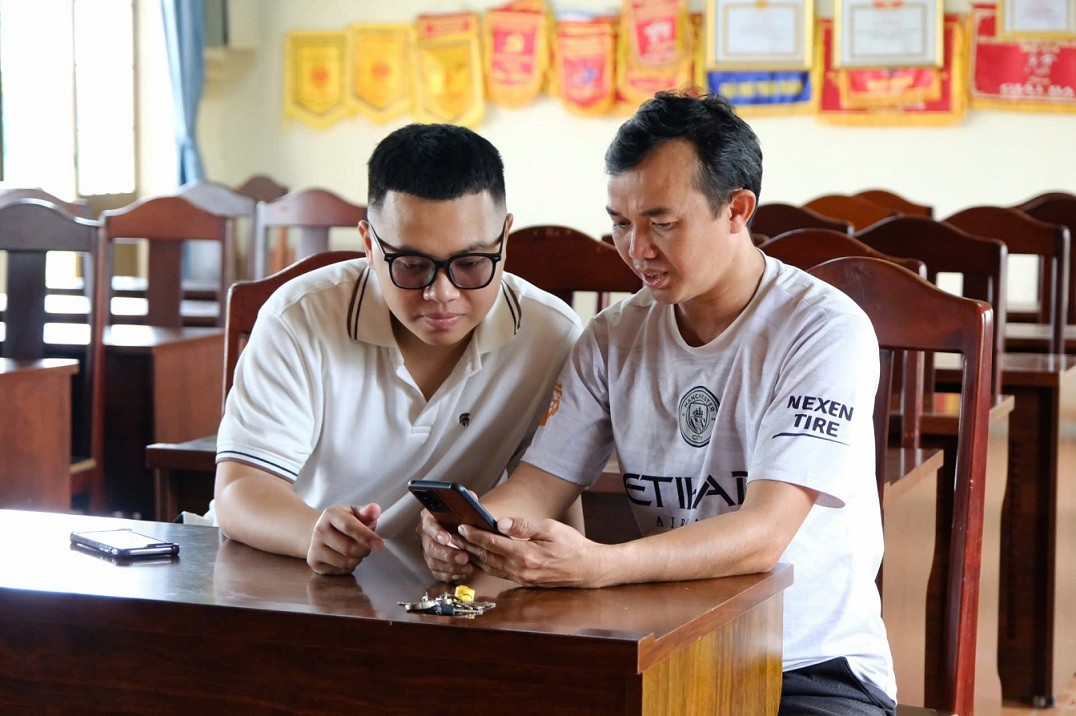 Viet's Home
Viet's Home

